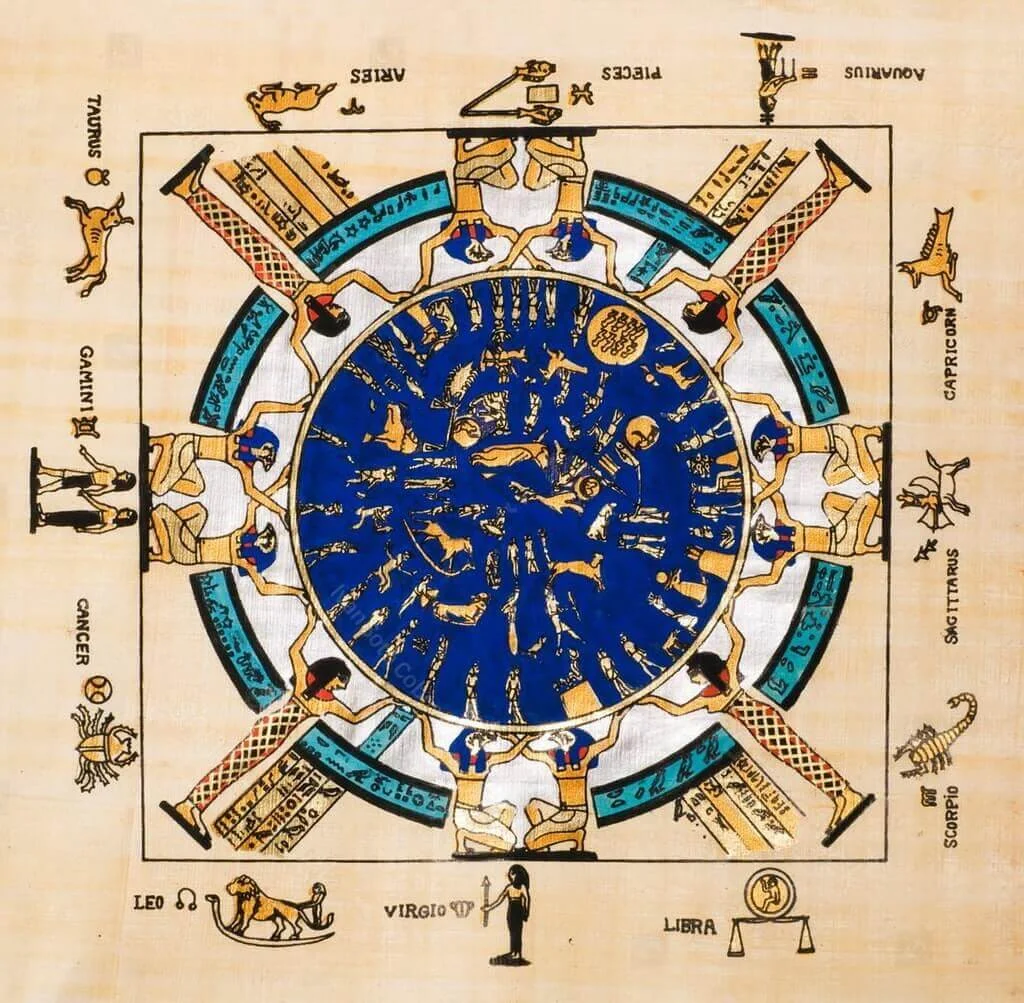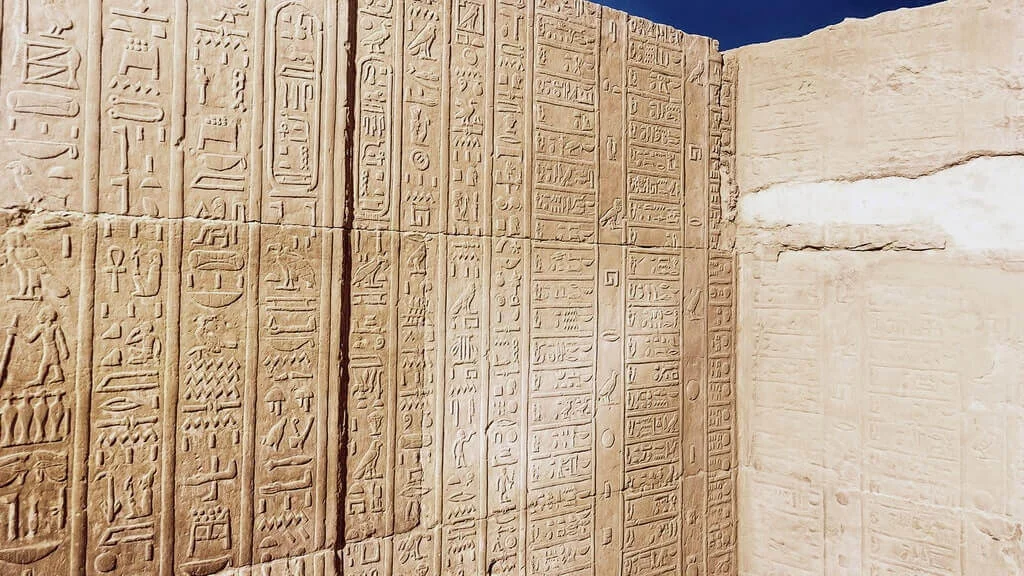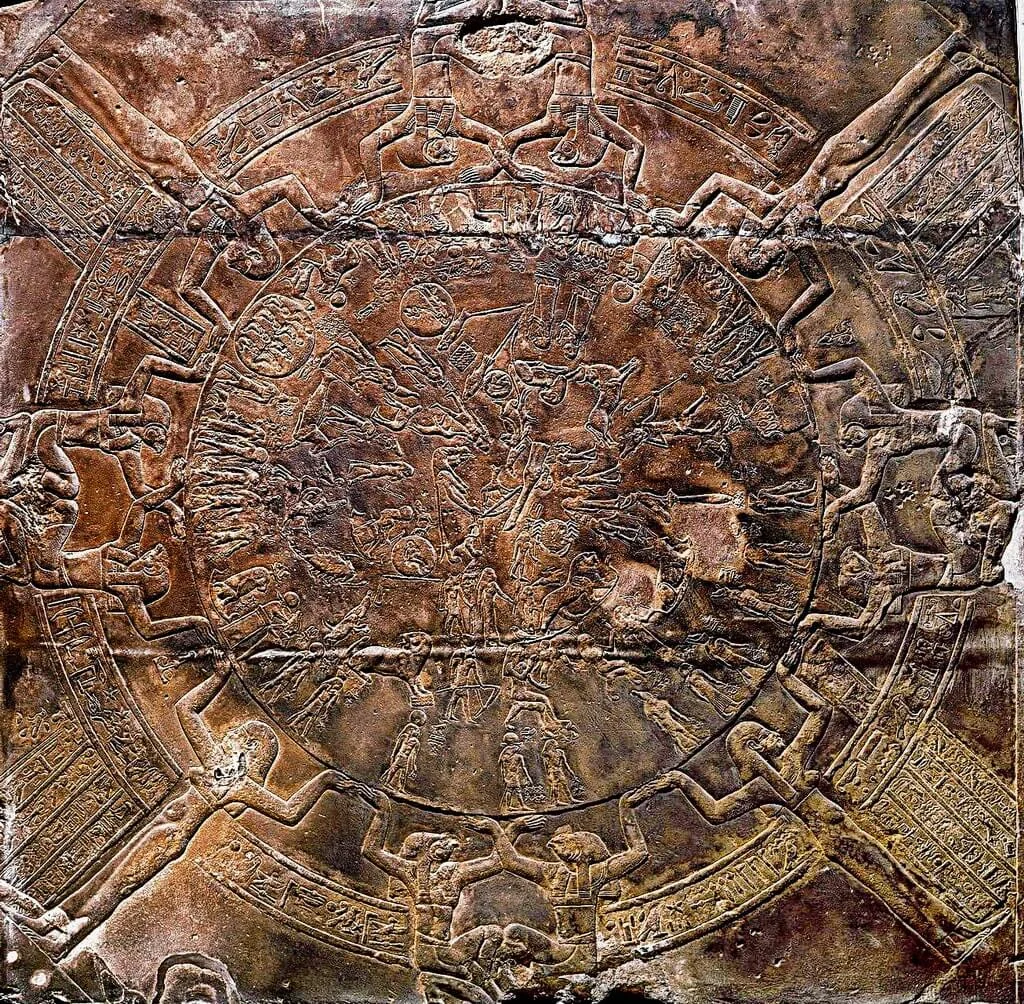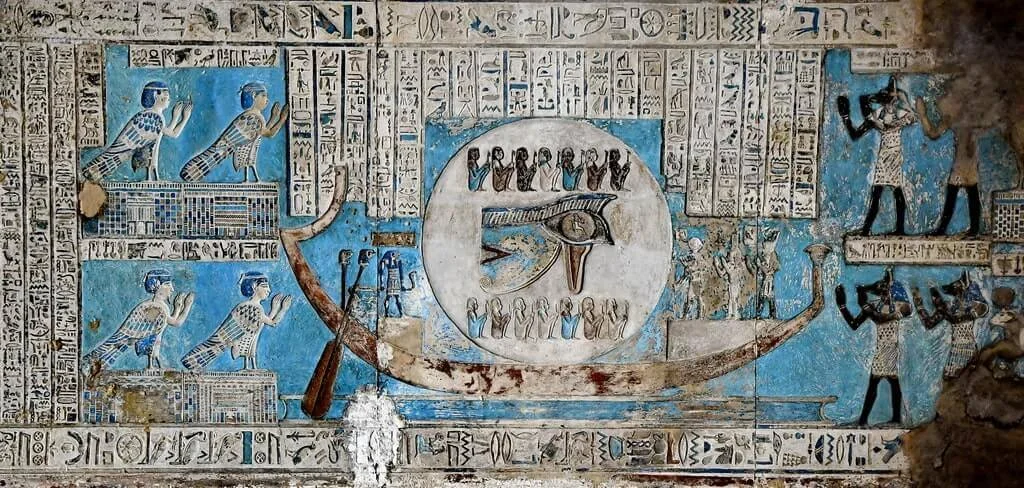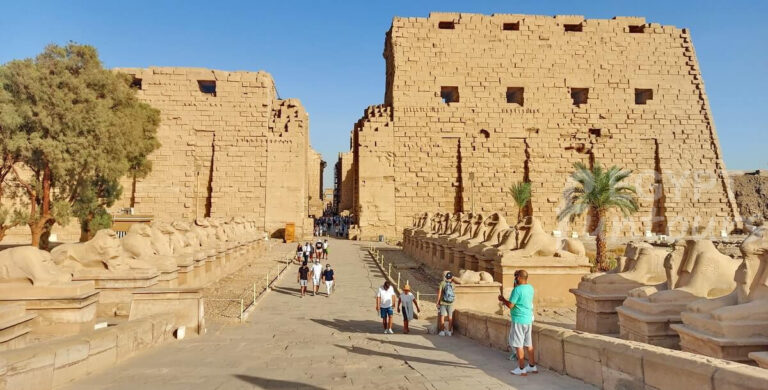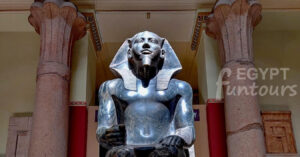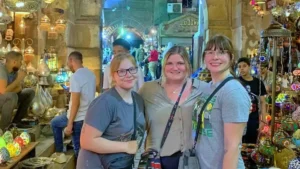The Stars as Clocks: Sirius and the Sothic Cycle
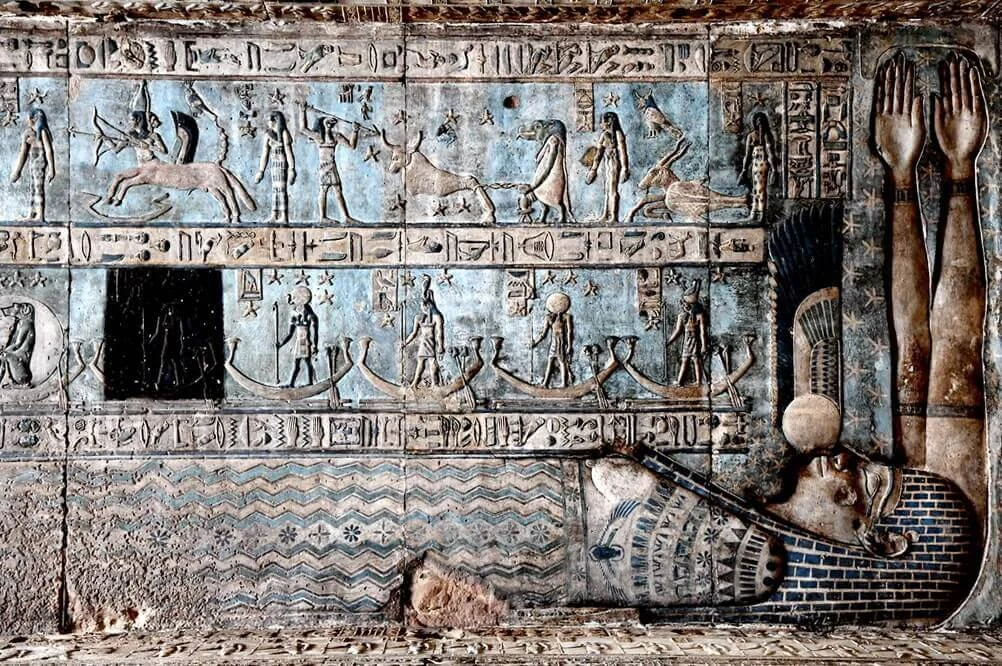
The Egyptians were brilliant farmers, but they were also expert astronomers. They knew their 365-day Egyptian civil calendar wasn’t perfect. They understood the true solar year was slightly longer—by about a quarter of a day.
While this small difference didn’t matter much day-to-day, they had a clever way to check their calendar’s accuracy against the cosmos. Their anchor was a star.
The Rise of Sothis (Sirius): A Celestial Alarm Clock
The most important star in ancient Egyptian astronomy was Sopdet, which we know as Sirius, the brightest star in the night sky. For 70 days each year, Sirius disappears from view, hidden by the sun’s glare.
The Egyptians eagerly watched for its “heliacal rising”—the first day it reappeared on the eastern horizon just before dawn. This celestial event was incredibly important because it coincided with two things: the beginning of the annual Nile flood and the start of their New Year (or Wep Renpet). This reliable reappearance of Sirius acted as their divine, cosmic alarm clock, signaling that the cycle of life was beginning anew.
The “Wandering Year” and the Sothic Cycle
Here’s the genius part. The Egyptians knew their 365-day calendar was short by about 0.25 days per year. This meant their civil calendar “wandered” slowly backward against the true solar year and the rising of Sirius.
They didn’t try to fix this with a leap year like we do. Instead, they just let it drift. They knew that it would take exactly 1,460 years for their 365-day calendar to loop all the way around and realign perfectly with the “Sothic” or “Sirian” year. This massive 1,460-year timeframe is what we call the Sothic Cycle.
While they used the simple 365-day calendar for government and daily life, they used the stars for their festivals and religious timing. This “dual calendar” system shows their incredible long-term thinking. When you visit temples like Dendera, be sure to look up. You can see these astronomical calculations and constellations, like the famous Dendera Zodiac, carved directly into the ceilings, proving their deep connection to the heavens.
Ancient Egyptian Calendar: Days, Months, and “Extra” Days
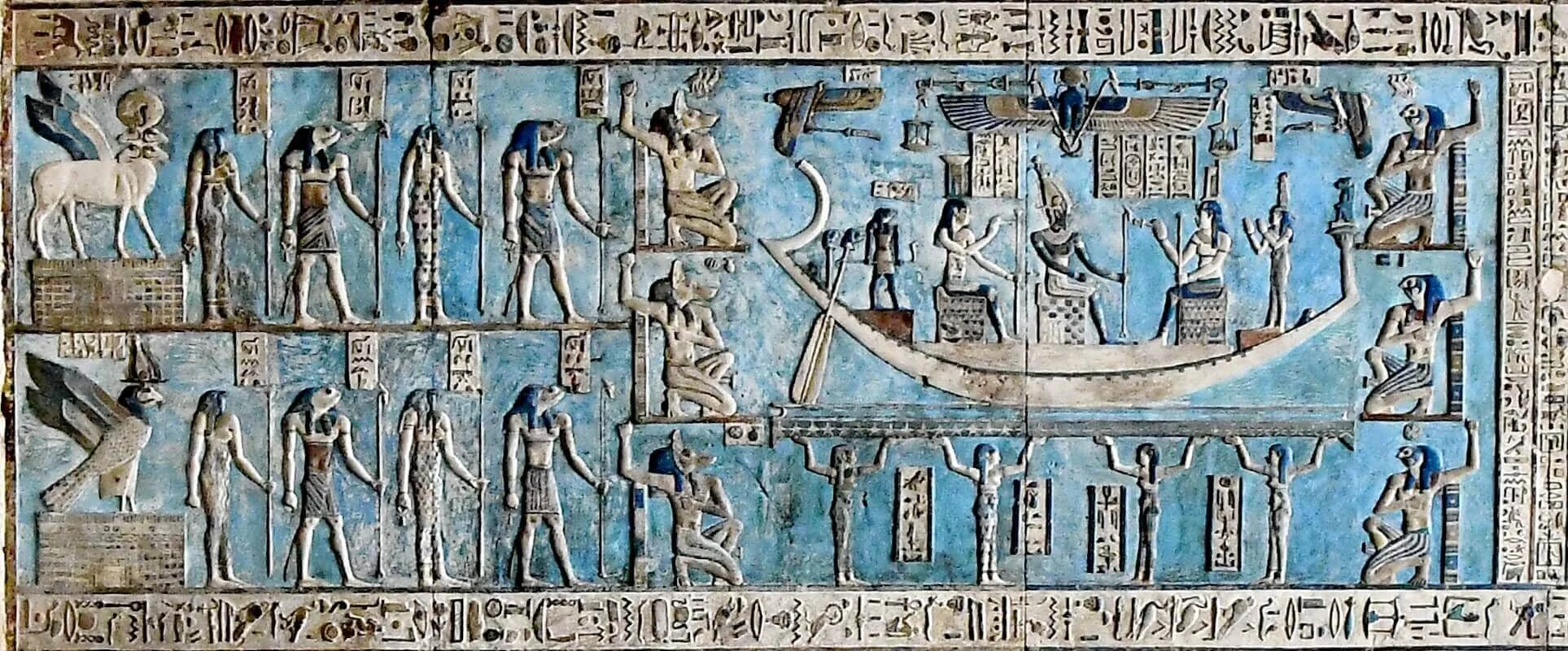
The Egyptian civil calendar was admired for its simplicity and mathematical elegance. It was built on a clean, decimal-based system that was easy for administrators to use.
12 Months of 30 Days: A Neat System
The ancient Egyptian calendar had 12 months, just like ours. However, each month had exactly 30 days. This tidy structure was perfect for a large bureaucracy.
The Egyptians then divided each 30-day month into three “weeks” of 10 days each. These 10-day periods were called decans. This system was incredibly organized for tracking work, rations, and religious duties. In total, this gave them 360 days (12 months x 30 days).
The Epagomenal Days: Celebrations and Superstitions
The Egyptians knew 360 days were not enough. To complete the 365-day year, they added five extra days at the very end, after the last month of the Harvest season (Shemu). These were known as the epagomenal days.
These five days were not part of any month. They were considered a special, liminal time, both powerful and dangerous. According to mythology, these were the birthdays of five major gods: Osiris, Horus, Set, Isis, and Nephthys.
This period was marked by great religious festivals ancient Egypt held to honor these deities. It was a time of celebration, but also of caution, as the year was transitioning. Many of the grand festivals our guides will tell you about at temples like Edfu or Karnak were timed according to this precise calendar, celebrating the gods on their special days.


